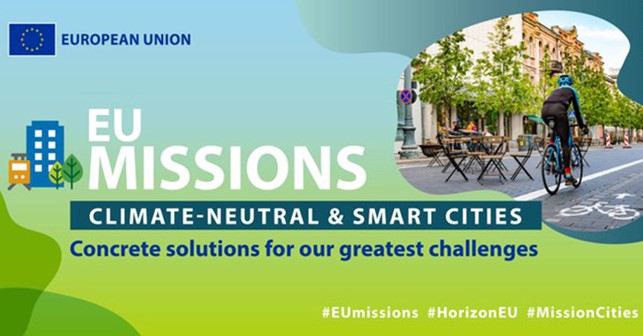Roma Capitale is committed with plans, programs and interventions to reduce emissions that come from buildings, transportation, waste, and production activities and to adapt neighborhoods and territory to a scenario that, if not addressed, risks producing significant consequences particularly towards the most fragile segments of the population.
There are two priorities of Rome’s climate action: the mitigation of CO2 emissions emissions of the city, to reduce emissions and pollution produced by fossil fuels, and adaptation to the impacts already underway and foreseeable related to rising global temperatures.
Mitigating impacts
The mitigation pathway is built as part of the European Union’s climate commitment. In fact, Rome has been selected by the EU Commission in 2022 among the Mission “100 climate-neutral and smart cities by 2030” cities that aim to advance the achievement of European carbon-neutrality goals.
The Mission requires each city to approve a Climate City Contract consisting of a Plan of Actions, with estimated emissions that contribute to achieving the expected CO2 reduction; a Plan of Investments, which elaborates on the economic and financial commitment put in place and to be planned; and a Plan of Commitments of the administration and the actors involved in the Climate Plan pathway.

Adapting territories
All cities must prepare to deal with global warming and the consequences that will result with heat waves, periods of drought, and more intense and frequent flooding.
In response to these challenges, Roma Capitale has approved the first Climate Adaptation Strategy which identifies priorities, goals and measures to prepare the city for the increasingly frequent and intense impacts due to climate change that are already occurring and to adapt the territory to foreseeable impacts as a result of climate scenarios and impacts that may occur in 2050.

